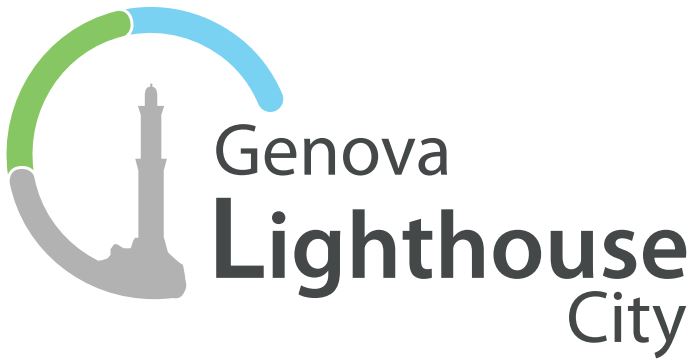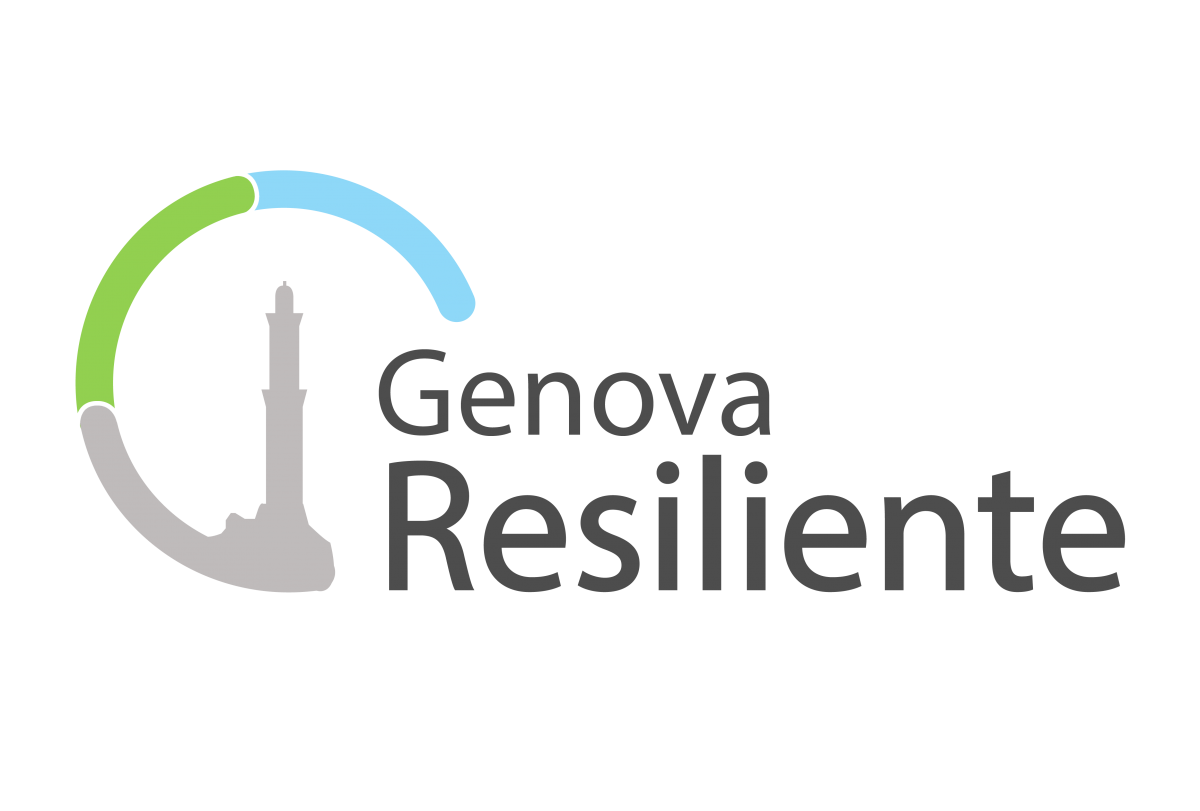Urban Resilience Strategy: Lighthouse - Genova Città Faro
Year 2020. Cities are changing, the international scientific community has predicted that by 2050 the European urban areas will host 82% of the population. The demographic change will require a profound transformation of the urban environment, its socio-economic fabric and public services offered to citizens.
In this context, the Municipality of Genoa approved an Urban Resilience Strategy, called "GENOVA LIGHTHOUSE - CITTÀ FARO", a strategic vision document of the city's resilience understood as a smart paradigm of urban transformation that will allow us to be prepared to face the challenges that the trends of global change (climate, demographic, technological / digital) will reflect at the local level.
The Strategy is divided into three major Assets, respectively Green, Gray and Soft, qualified by key elements and by the respective themes which, in turn, already indicate what could be the feasible solutions in view of the effects that could be produced, in the face of important changes in the medium to long term. Each asset provides for a specific network of Partners and the consequent role of the Public Administration, involved together to work and support the process of urban transformation. Giving an example, Asset Green will see Institutions and Research as partners to redesign public spaces and to establish sustainable environmental connections.
The knowledge of the benefits that an urban environment can derive from a correct management of its ecosystem services and from the development of new technologies can contribute to making the urban space safer, healthier and more comfortable. In fact, the technology, the processes and the tools of the digital transition (for instance Robotics, Artificial Intelligence or Big Data) will able to significantly improve the ability to anticipate in relation to phenomena connected to the great trends of global change. Therefore, the primary issues addressed in the context of Asset green will be sustainable development, prevention and adaptation to climate change, the Local Urban Agenda and SECAP.
The Local Urban Agenda will be the useful tool to replicate, at citywide and neighborhood level, the model of approach to issues of strict relevance for the urban system, according to the properties identified at European and international level, while the SECAP (Sustainable Energy & Climate Action Plan) will be understood as an operational plan, executive of the commitments undertaken on the issues of energy transition and adaptation to climate change.
The Asset grey, on the other hand, will have as pillars the innovative development of infrastructures and, in particular, that of the networks for providing services of different nature and that of communications and the dissemination of information. The goal is to ensure innovation and guarantee continuity and quality of the entire citizen service system . The main issues will therefore be the mapping of the distribution and coverage of the various infrastructures both in the municipal area and in the wider functional area connected to it; the control of the conditions and the monitoring of the health of the infrastructures as a function of preventive maintenance and finally the innovative design, both physical and conceptual, such as to improve the security and flexibility properties of the networks in a framework of shared governance capable of promoting and accelerate the more general processes of territorial innovation.
The last asset, called Soft, is the broadest of the three assets contained in the strategy, in fact it brings together the two general areas of governance and socio-economic systems. The pillars are the city community, businesses and economic impacts. In this case, the analysis of vulnerability and costs/ benefits will be considered among the most important issues to orient resources and improve decision-making processes; integrated planning and welfare, as well as the resilient community and the organizational resilience of institutional processes aimed at innovating and improving a portfolio of services, maintaining a necessary solidity in a context of rapid evolution and change.
The Urban Resilience Strategy provides as an implementation tool an Action Plan that focuses on changing local legislation to support territorial resilience, identifying new models of public-private partnership, ensuring that actions and interventions are sustainable and that they monitor results and its effects. The city will be able to act proactively, to improve the people quality life and the urban ecosystem in its governance models, in the capacity for growth and acquisition of new skills without leaving anyone behind, in its transformation into an attractive territory and rich in innovation for local, national and international contexts, with solid opportunities to channel funding to support the planning of activities and actions undertaken. A strategy therefore aimed at strengthening the city's capacity to adapt and grow in the face of situations of stress and shock; a strategy that makes the organizational resilience a paradigm of administrative action; a strategy that, finally, makes the Resilient Community its masterpiece, for the integration of a plural system capable of satisfying the needs of citizens, generating wealth in a sustainable way, guaranteeing rights and participation and increasing the quality life of all its members.



Leave a comment